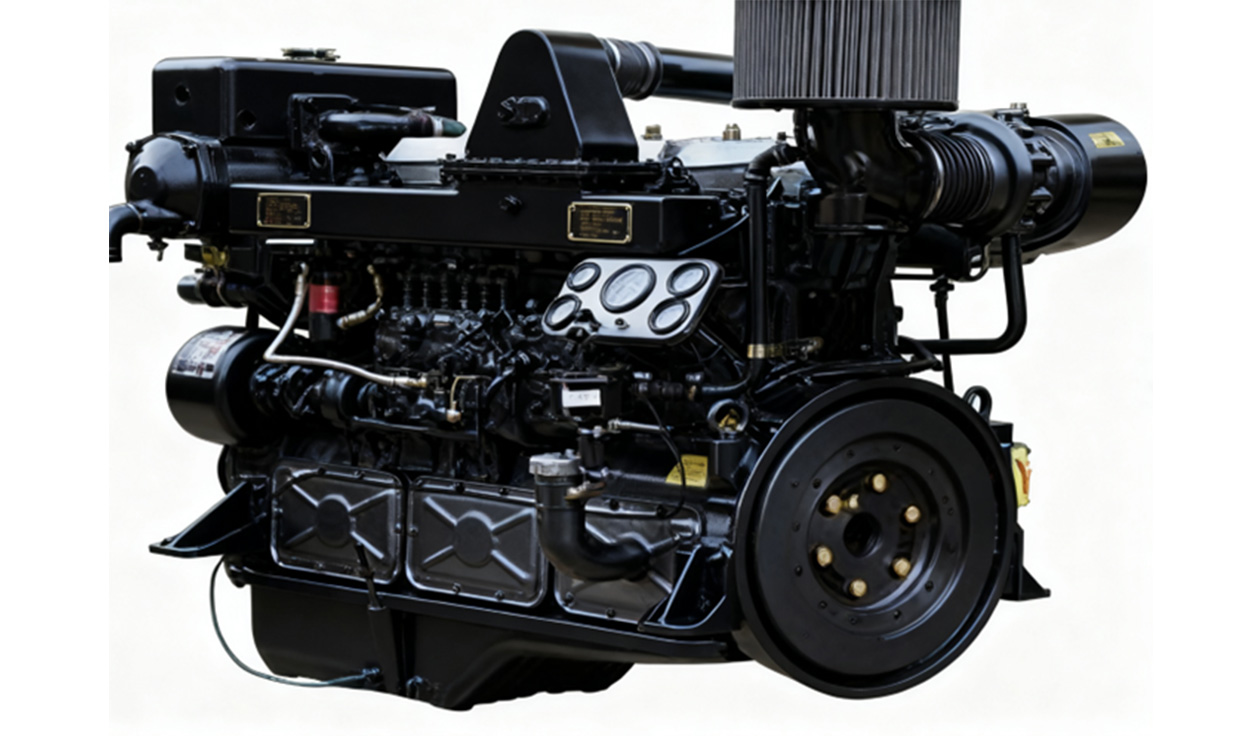Honeycomb ceramic substrates are core components of the exhaust after-treatment system for natural gas engines, mainly used for catalytic conversion and pollutant capture to meet strict domestic and international emission regulations.

By coating the surface of honeycomb ceramic substrates with a catalyst, more than 90% of methane (CH₄) in the exhaust gas of natural gas engines can be efficiently oxidized. Meanwhile, carbon monoxide (CO) and hydrocarbons (HC) are converted into carbon dioxide (CO₂) and water (H₂O). When combined with selective catalytic reduction (SCR) technology, nitrogen oxides (NOₓ) can also be reduced to nitrogen (N₂), realizing the synergistic purification of "methane + NOₓ + CO + HC" and meeting the strict requirements for methane emissions from natural gas vehicles specified in emission regulations.
The integrated exhaust after-treatment system, consisting of a three-way catalyst (TWC) and an ammonia slip catalyst (ASC), relies on the high specific surface area and structural adaptability of honeycomb ceramic substrates to form a full-chain pollutant treatment solution. It is adapted to the operating characteristics of natural gas engines, such as "lean combustion + large fluctuations in transient air-fuel ratio," ensuring continuous compliance with emission standards.
Contact Aofu
Get in touch with our experts!
A self-owned brand enterprise specializing in the research and development and industrialization of air pollution control products
Copyright © 2025 Shandong AOFU Environmental Technology Co., Ltd.
Design by:Bontop